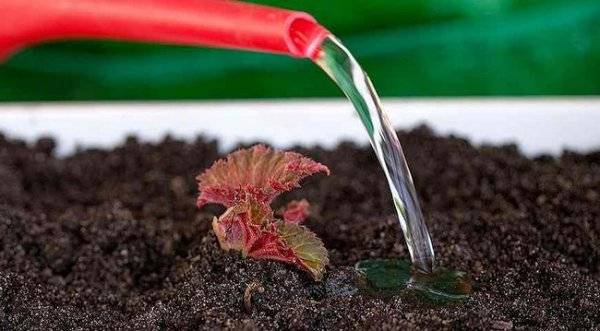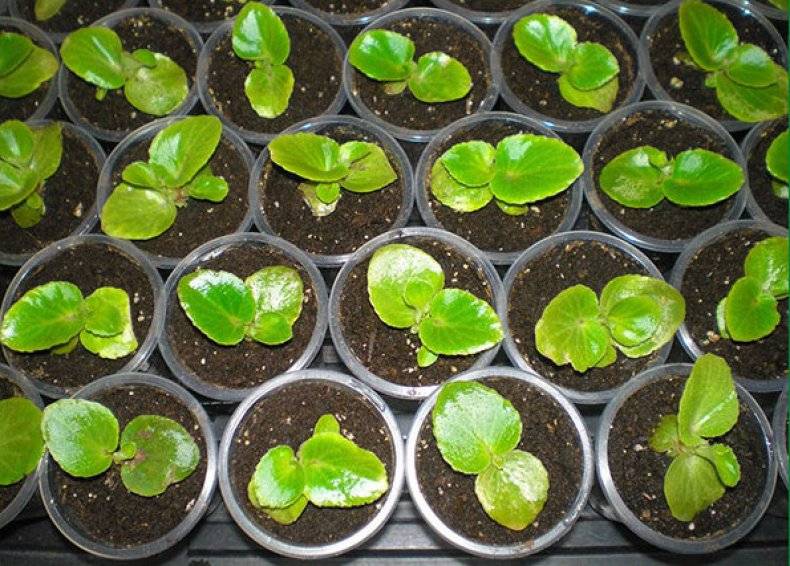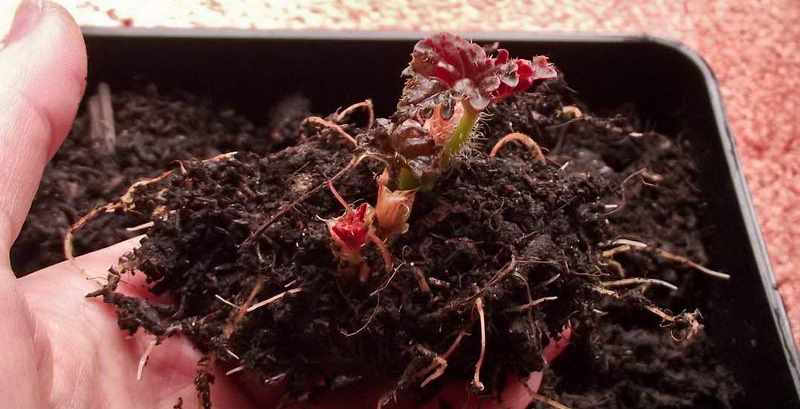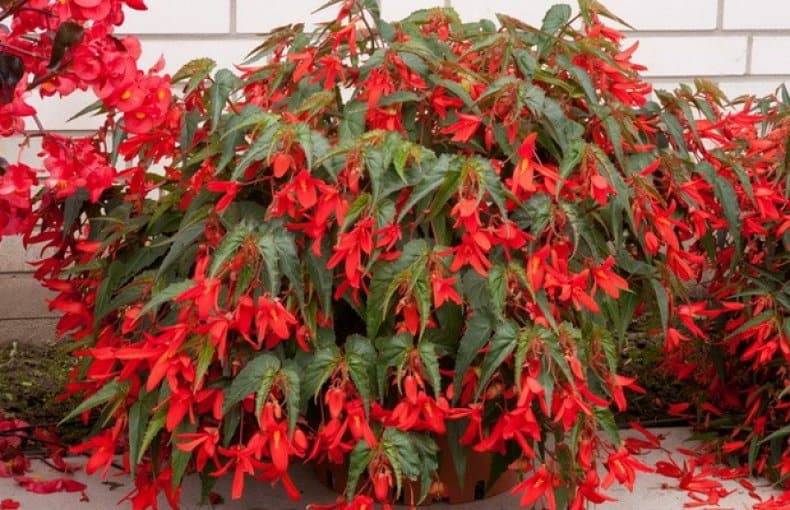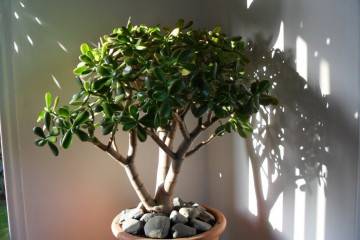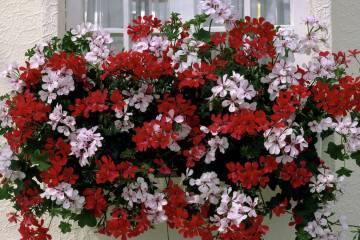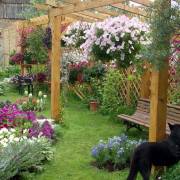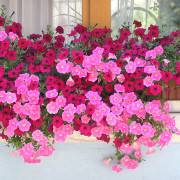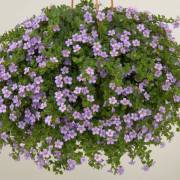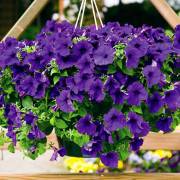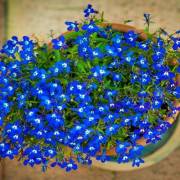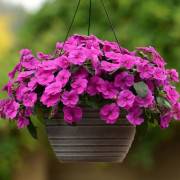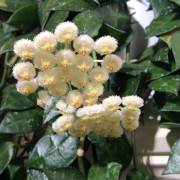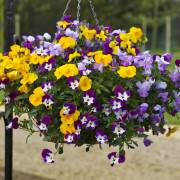How to care for ampelous begonia and form a bush
Content:
Ampelous begonia is a tuberous perennial plant that has self-contained stems and asymmetric leaves. In height, it can reach 20-60 cm. At the same time, the leaves grow up to 10-20 cm. The flower has a unique charm, therefore it is popular with many flower growers. If ampelous begonia is grown, planting and care at home is of interest to many gardeners.
Ampelous begonia: planting and care at home
In order for a culture to develop normally and bloom profusely, it must be properly cared for. Most often, ampelous varieties are used to decorate a house, verandas, gazebos. They can be placed in the garden. Moreover, such flowers are usually not planted in open ground.
When growing a plant, you should follow these rules:
- in summer, the temperature should be 20-22 ° C. In winter, it should not fall below 15 ° C. For tuberous varieties during the dormant period, indicators of 7-10 ° C will be the best option. In the heat, there is a risk of drying out the tips of the leaves and dropping the buds. Moreover, in cold and wet soil there is a risk of developing fungal pathologies;
- it is recommended to put pots with a plant on the western or eastern windowsill. Sunlight should fall on the flower before 11:00 and after 15:00. To reduce the light intensity, the flower can be placed near the curtains. They will create a slight shadow;
- during the growing season, fertilizers must be used every 7-10 days. During a set of green mass, it is worth using nitrogen agents. During the flowering period, it is better to use preparations based on potassium and phosphorus. By the end of summer, the amount of dressing should be reduced. In the fall, they are completely excluded;
- ampel begonia needs high humidity. At the same time, it does not tolerate stagnation of moisture in the soil. You need to moisten the ground regularly, but in moderation. It is not worth spraying the bushes from a spray bottle, since it is undesirable to get drops on the leaves. It is better to put a container filled with moist moss, expanded clay or peat near the pot;
- periodically, the bushes should be inspected for the presence of fungal infections. Begonia can suffer from gray or leaf rot, powdery mildew. In such a situation, the affected fragments should be removed and the plant, soil and container walls should be treated with fungicides.
Ampelous begonia: growing from seeds
To grow a crop from seeds, you need to take into account certain features. For the plant to bloom in the same year, the seeds should be sown early - in mid-January. In addition, the seedlings need additional lighting in the evening. It is advisable to use fluorescent lamps for this.
The substrate for planting seeds must be sieved and watered with a weak solution of potassium permanganate. This will help disinfect the soil.
Seeds must be laid out on the surface and not sprinkled with earth, then sprinkled with warm water and covered with foil or glass. You need to put the container in a warm place. No light is required for seed germination. Periodically, glass or film must be removed to ventilate the planting material.
When sprouts appear, the seedlings should be moved to a cool and lighted place. At the same time, in sunny weather, you need to shade it a little. The soil should be sprayed, avoiding waterlogging.
When the begonia leaves begin to touch, a second pick is carried out. In this case, you need to plant bushes at a distance of 7-8 cm. Every 10 days it is worth applying mineral fertilizers.
Begonia ampelous: planting tubers
It is worth planting plants with tubers in February or March. This is due to the long growing season. If planting work is not carried out in time, flowering can begin only at the end of summer.
For planting, it is important to purchase quality tubers. They should be healthy, of medium size, firm and round. Planting material should be probed before purchasing.
Drainage should be laid out at the bottom of the pot. Begonia soil should be loose and nutritious. Before planting, the tubers should be held in a damp and bright place. To do this, place the lower part on a warm, damp cloth, and leave the top in the light.
When small white roots appear from below, the tubers can be planted in the ground. For this, the soil must be pre-moistened. This must be done carefully. It is best to spray the ground.
The tubers should be planted with the part on which the roots have formed. The area around should be covered with earth, but not to the top. The top of the tubers should remain open until sprouting.
It is necessary to move the plant to a permanent place in May. It should be borne in mind that the surface of the soil dries up quickly enough. Therefore, the tubers need to be deepened a little into the ground, only 1-2 cm.
It is important to use fertile soil for planting crops. Soil temperature is also important for this crop. At too low rates, the roots cannot absorb moisture, which provokes the drying of the flower. The optimum temperature is 18-20 ° C.
If you plant 1 tuber in a pot, its diameter should be no more than 13-15 cm. In this case, you should not choose a container that is too deep, since begonia has a superficial root system. The deeper the container, the faster the acidification of the lower soil layers will occur. Begonia can hardly stand such conditions.
Ampel begonia: leaf propagation
This breeding method helps to obtain a lot of planting material. To achieve good results, you need to be careful and careful. To begin with, you should cut off a strong and healthy leaf with a sharp knife. Yellow or damaged pieces will not work.
Then lay it on a hard surface and cut along the edge where there are no thick veins, and then cut the material into triangles. Each of them should have a fragment of the central vein.
After that, the resulting cuttings can be planted in the substrate.As a soil, it is permissible to use a composition based on sand and peat, which are mixed in equal parts. Clean sand will also work.
You can grow a plant in 2 ways:
- lay out the elements of the sheet on a damp surface, press lightly and sprinkle with sand;
- deepen the material with the bottom cut into the ground. This is done by 1 cm. Cover the container with foil.
For the plant to develop normally, it is necessary to maintain a high level of humidity. To do this, the air should be periodically sprayed with water. After 1-2 months, the roots will appear. It is not recommended to remove the film until this moment.
How to form an ampelous begonia
In order for the plant to retain its decorative effect, it must be properly cut. This procedure consists of several stages:
- Start trimming. The crown should be formed in young plants. When the bush grows to 6-7 cm, the top is cut off with scissors. This allows the development of lateral shoots to be stimulated.
- Decrease watering. After the first pruning, the number of waterings is reduced. Due to this, begonia begins to grow faster.
- Subsequent pruning. It is carried out when the lateral shoots reach 10 cm. They should be shortened above the bud located on the outside of the stem.
- Completion of trimming. Subsequently, it is necessary to shorten the branches to remove overgrown or dried stems. Also, the procedure helps to maintain a certain shape of the flower.
Do I need to pinch the ampelous begonia
By pinching, we mean trimming the tops of the shoots and buds located at the ends of the branches. Pinching begonia is a must. This enhances its decorative properties.
How to pinch an ampelous begonia
The procedure is performed in spring or autumn. This should be done before flowering or after flowering. To pinch the begonias on the main stem, you need to find the upper growth point and remove 1-2 cm.When the procedure is carried out correctly, after 2-3 weeks, the active development of lateral shoots begins.
Planting and caring for an ampelous begonia has certain features. This culture needs timely soil moistening, fertilization, maintaining optimal moisture and temperature parameters. There are several breeding options for begonias, each of which has its own advantages and disadvantages.

